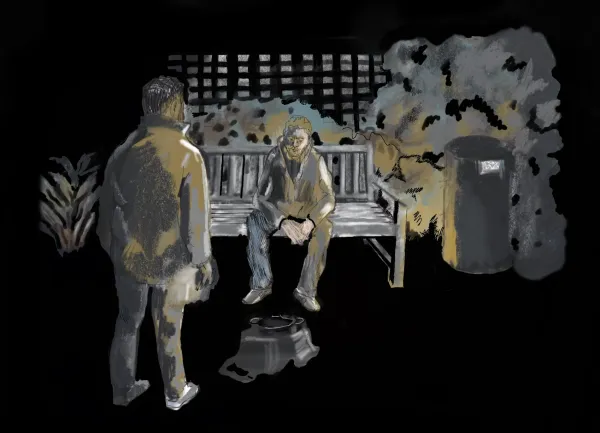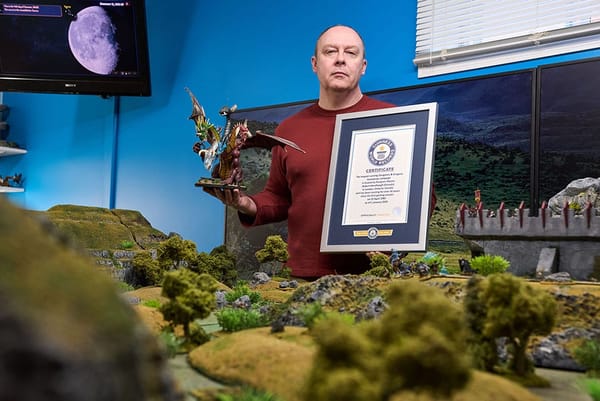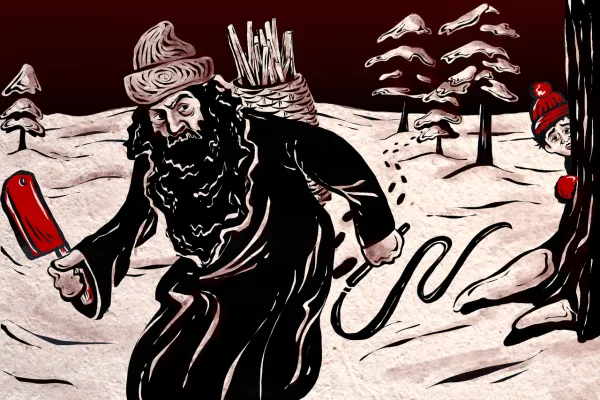The daughter of a NYT critic visits her dead father's brain
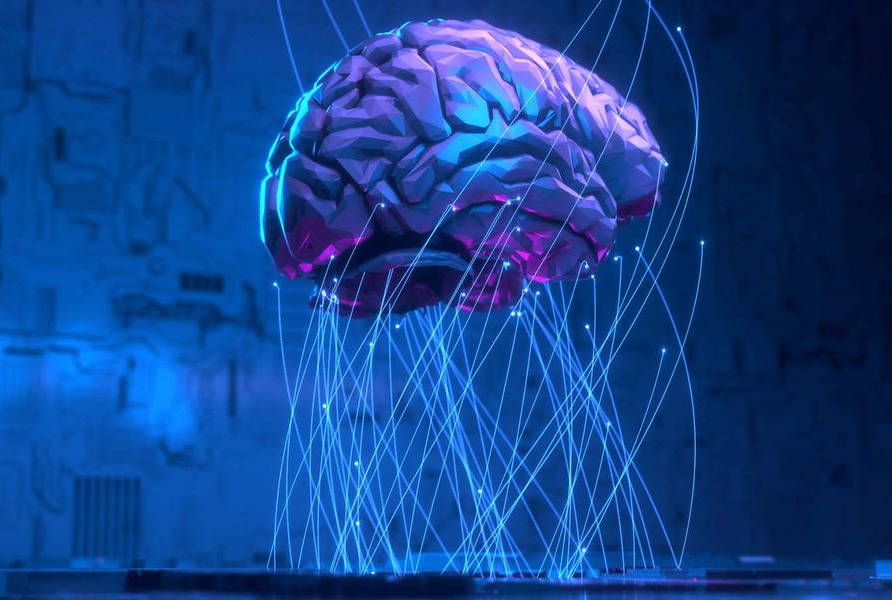
From Nautilus: "On a brisk January evening this year, I was speeding down I–295 in northeast Florida, under a full moon, to visit my dad’s brain. As I drove past shadowy cypress swamps, sinewy river estuaries, and gaudy-hued billboards of condominiums with waterslides and red umbrellas boasting, “Best place to live in Florida,” I was aware of the strangeness of my visit. Most people pay respects to their loved ones at memorials and grave sites, but I was intensely driven to check in on the last remaining physical part of my dad, immortalized in what seemed like the world’s most macabre library. Michael DeTure, a professor of neuroscience, stepped out of a golf cart to meet me. “Welcome to the bunker. Just 8,000 of your quietest friends in here,” he said in a melodic southern drawl, grinning in a way that told me he’s made this joke before. The bunker is part of the Mayo Clinic’s Jacksonville, Florida campus that houses its brain bank."
This vast criminal enterprise in Bali is run entirely by monkeys

From the WSJ: "At a cliff-side temple on the tropical island of Bali, an unexpected group of criminals is running one of the world’s most sophisticated scam operations.Every week, they steal dozens of phones, wallets and other valuables from tourists in broad daylight and exchange them for handsome rewards. It’s been going on for decades and nobody’s been able to stop it. The culprits? Long-tailed macaques. Tourists flock to Uluwatu Temple, which dates back to at least the 11th century, and the roughly 600 monkeys that inhabit it are considered to be sacred guardians of the temple. Researchers have found that the macaques steal belongings to use as currency to trade with humans for food. Some monkeys can distinguish between objects we highly value (smartphones, prescription glasses, wallets) and those we don’t (hats, flip flops) — and will barter accordingly, according to a University of Lethbridge team that spent years filming the macaques and analyzing hundreds of hours of footage."
In this royal garden you should definitely not touch or even smell the flowers
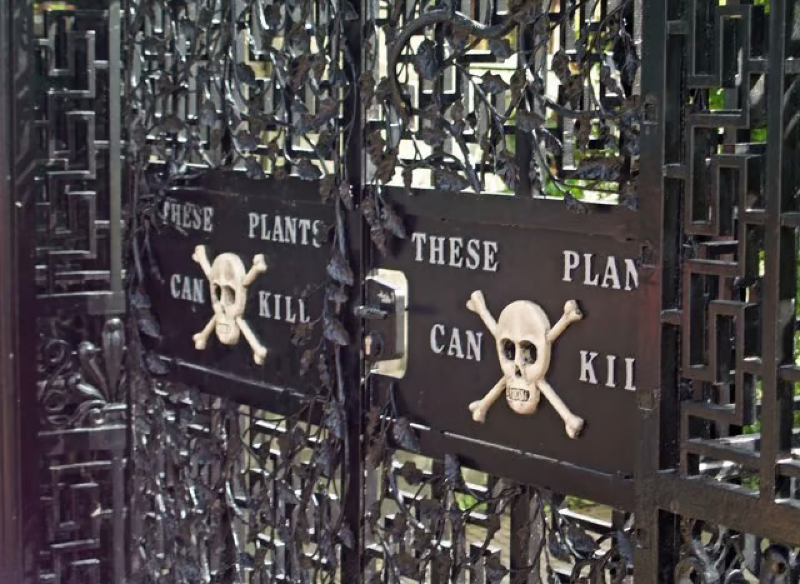
From Now I Know: "The aptly named Poison Garden at Alnwick Castle in England is filled exclusively with around 100 toxic, intoxicating, and narcotic plants. The boundaries of the Poison Garden are kept behind black iron gates, only open on guided tours. Visitors are strictly prohibited from smelling, touching, or tasting any plants. There are plenty of tours — every 30 minutes while the garden is open to the public — and to date, no one has died while traversing its grounds, despite the ominous warning on the gates. But that’s not because the warning is wrong. The most poisonous plant is ricin, better known as the castor bean or castor oil plant, which the Guinness Book of World Records considers that to be the world's most poisonous plant. And there’s the laburnum tree, the second-most poisonous tree in the UK after the yew. The tree is so poisonous that if one of the branches was to fall to the floor, lay there for several months and a dog picks it up to hold as a stick, chances are the dog won't finish the walk."
Hi everyone! Mathew Ingram here. I am able to continue writing this newsletter in part because of your financial help and support, which you can do either through my Patreon or by upgrading your subscription to a monthly contribution. I enjoy gathering all of these links and sharing them with you, but it does take time, and your support makes it possible for me to do that. I also write a weekly newsletter of technology analysis called The Torment Nexus.
This cryptography museum contains a detailed map of a country that doesn't exist
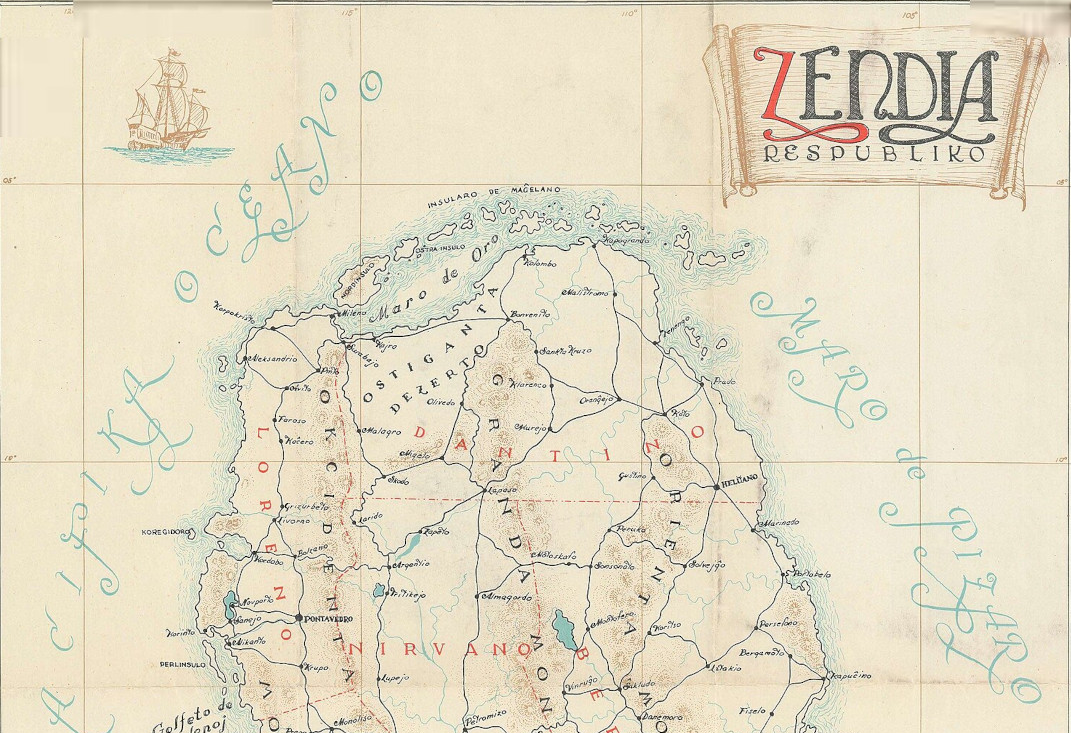
From Futility Closet: "During the Cold War, U.S Army cryptologist Lambros D. Callimahos devised a fictitious country called the Republic of Zendia to use in a wargame for codebreakers simulating the invasion of Cuba. The Zendia map now hangs on the wall of the library at the National Cryptologic Museum. The “Zendian problem,” in which cryptanalysts students were asked to interpret intercepted Zendian radio messages, formed part of an advanced course that Callimahos taught to NSA cryptanalysts in the 1950s. The scenario involves 375 radio messages said to have been intercepted on December 23 by the US Army contingent of a United Nations force landed on the fictional island of Zendia in the Pacific Ocean. For each message, the first line is provided by the intercept operator, giving call signs, frequency, time, and reference number. The rest of the message is a transcript of the Morse code transmission. Graduates of the course were admitted to the Dundee Society, named for an empty marmalade jar in which Callimahos kept his pencils."
If you had 16 billion crabs you could run the computer game Doom on them
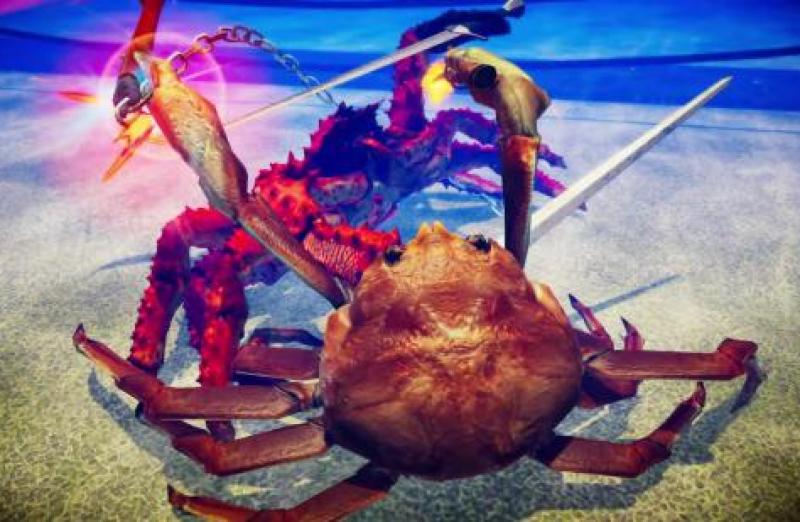
From PC Games: "Evolutionary biologists have observed that nature seems to have a strong preference for crabs - it's evolved crab shapes several different times over the course of natural history. Given how many crabs there are in the world, it's only natural that someone is going to figure out how to run Doom on them. Bizarre as that sounds, it's theoretically possible to organise enough crabs to power the classic FPS game. Wharton professor Ethan Mollick tweeted about a 2011 paper published in the journal Complex Systems 20 that described using swarms of soldier crabs, moving around in plastic maze structures, to implement logic gates. Mollick reasons that since there are eight logic gates in a byte, and that it takes about 80 soldier crabs to run a gate, you'd need about 640,000 crabs to store a tweet. Twitter user Normal Horoscopes extrapolated the finding further, announcing that you can run Doom on 16,039,018,500 crabs. Since there are about five and a half dozen crabs in a bushel, you'll need to order 243,015,432 bushelsif you want to run E1M1 on them."
On July 4th 2012 in San Diego all of the show's fireworks went off at the same time

Acknowledgements: I find a lot of these links myself, but I also get some from other newsletters that I rely on as "serendipity engines," such as The Morning News from Rosecrans Baldwin and Andrew Womack, Jodi Ettenberg's Curious About Everything, Dan Lewis's Now I Know, Robert Cottrell and Caroline Crampton's The Browser, Clive Thompson's Linkfest, Noah Brier and Colin Nagy's Why Is This Interesting, Maria Popova's The Marginalian, Sheehan Quirke AKA The Cultural Tutor, the Smithsonian magazine, and JSTOR Daily. If you come across something interesting that you think should be included here, please feel free to email me at mathew @ mathewingram dot com
